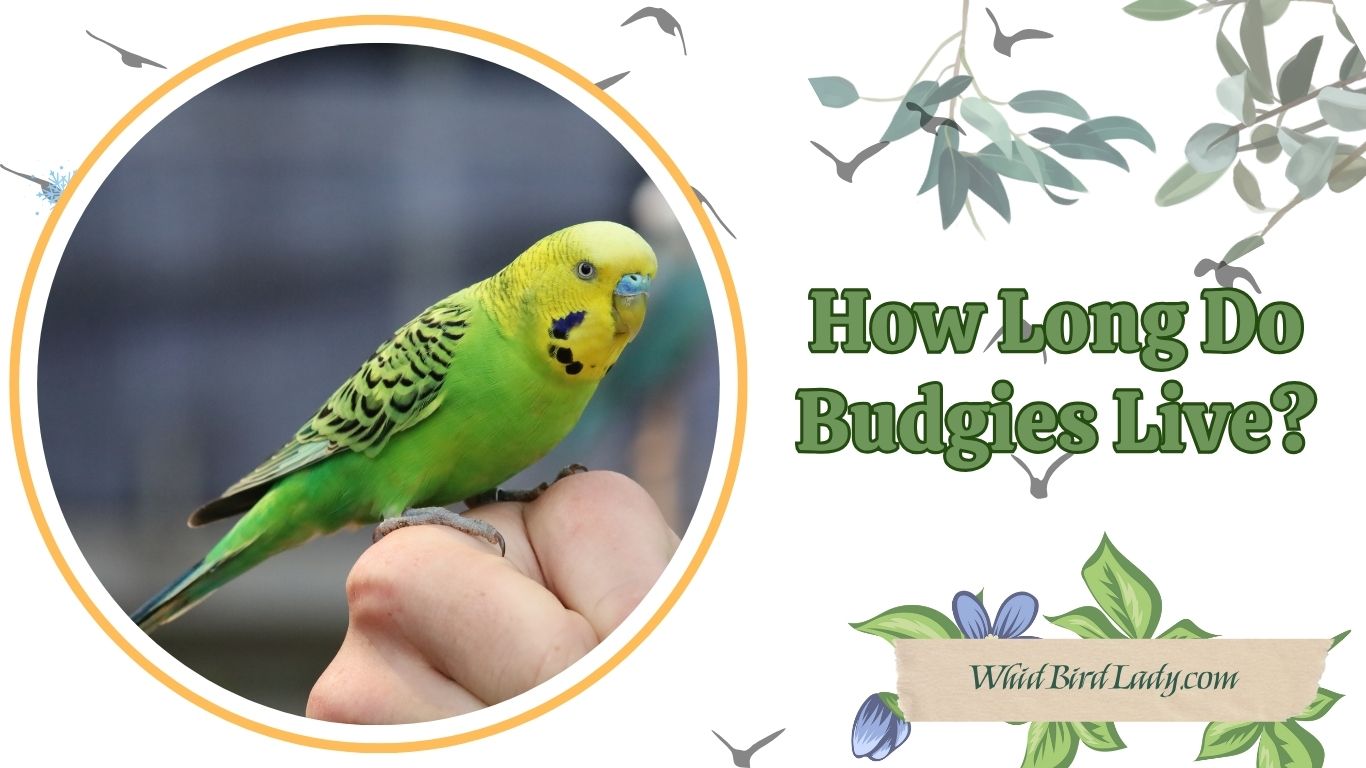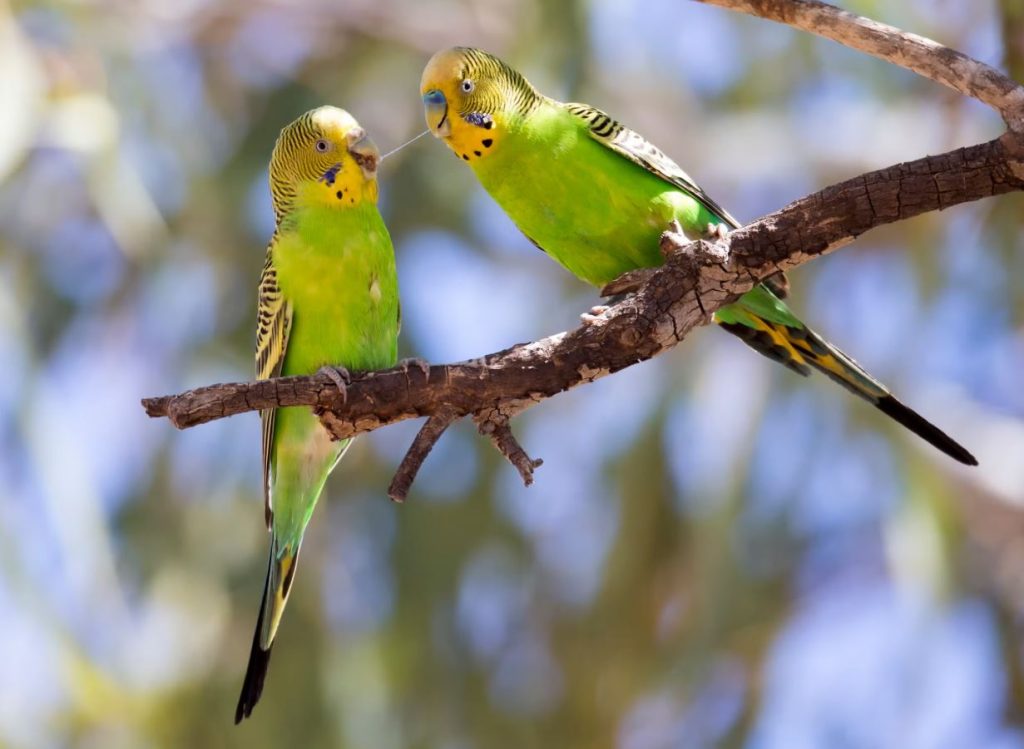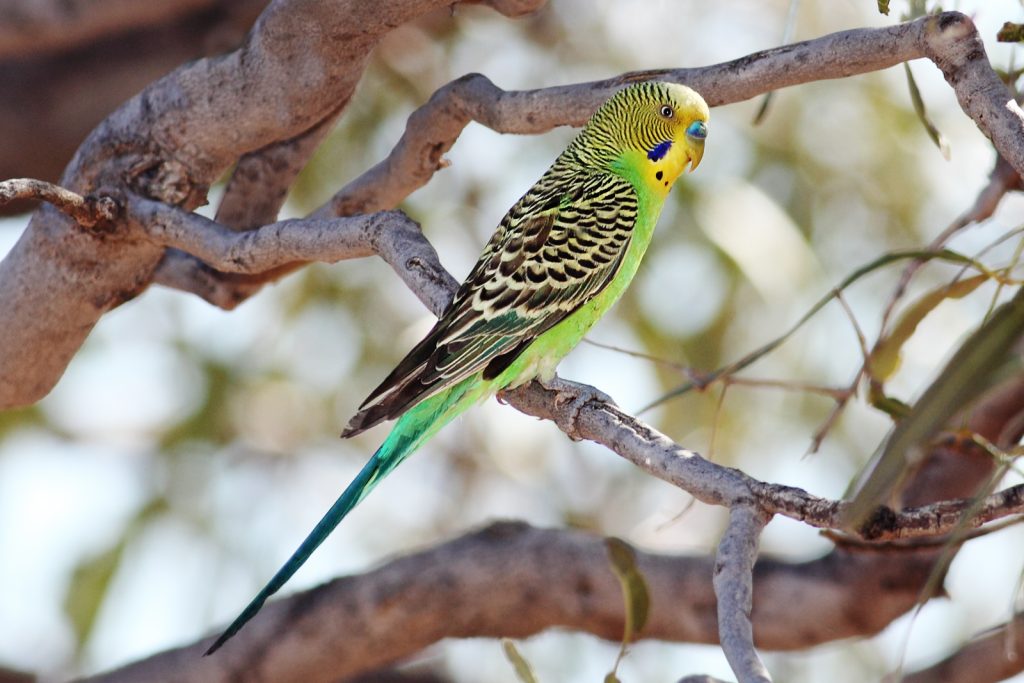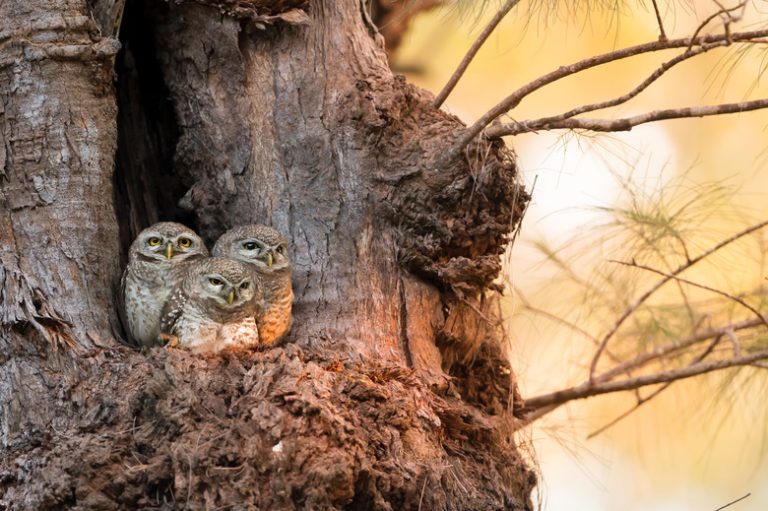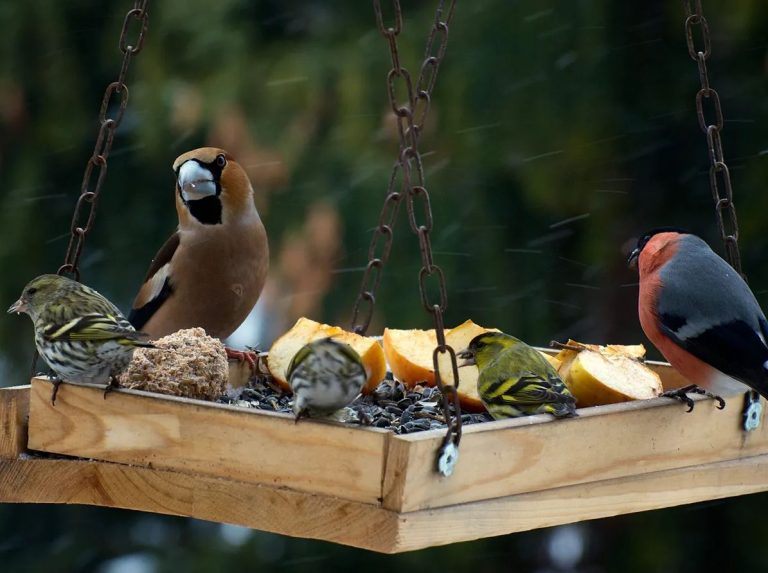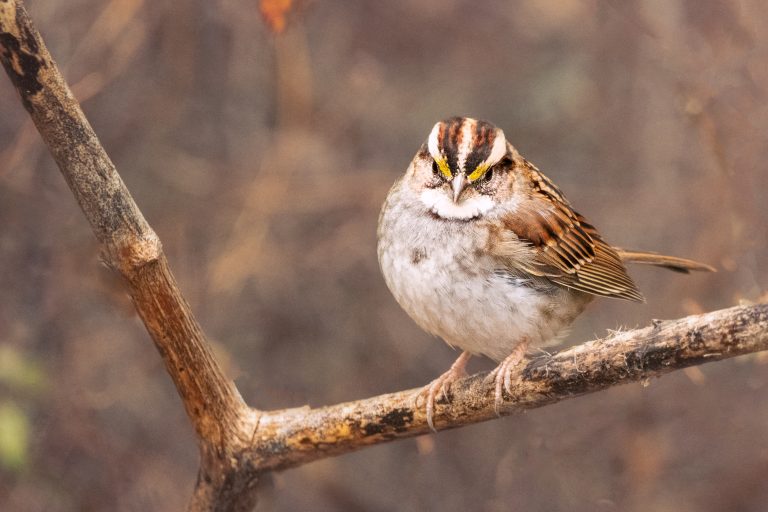How Long Do Budgies Live? Discover the Lifespan of These Colorful Companions
By Rifat Ahmed – Birdwatching Expert with 13 Years of Experience
Budgies—or budgerigars—are among the most popular pet birds in the world. Known for their playful nature, vibrant plumage, and charming vocalizations, they make fantastic companions for bird lovers of all ages. But if you’re considering welcoming a budgie into your home, one of the first questions you’re likely to ask is: How long do budgies live?
In this comprehensive guide, we’ll explore everything you need to know about the budgie lifespan—including the average lifespan of parakeets in the wild versus captivity, what factors influence their longevity, and expert tips to help your feathered friend live a long, healthy life.
What Is a Budgie? A Quick Overview
Before diving into lifespans, it’s helpful to clarify what a budgie is. “Budgie” is short for budgerigar, a species of small parrot native to Australia. In the U.S., they’re commonly referred to as parakeets, although technically, “parakeet” refers to a broader group of small parrots with long tail feathers.
There are two main types of budgies:
- American Budgies (also called English Parakeets) – Smaller, slimmer, and commonly sold in pet stores.
- English Budgies – Larger, with more pronounced facial feathers, often bred for exhibitions.
How Long Do Budgies Live?
Average Lifespan of a Budgie
On average, budgies live between 5 to 10 years in captivity. However, with exceptional care, some can reach 12 to 15 years, and rare cases even report lifespans up to 18 years.
According to the American Federation of Aviculture (AFA), the average lifespan of a parakeet (budgie) is around 7 to 10 years under typical domestic conditions. This can vary significantly depending on diet, environment, genetics, and overall care.
🧠 Fun Fact: The oldest recorded budgie lived to be 29 years old! His name was Charlie, and he was recognized by the Guinness World Records.
Lifespan of Budgies in the Wild vs. Captivity
| Environment | Average Lifespan |
|---|---|
| Wild | 4 – 6 years |
| Captivity | 5 – 15 years |
Wild Budgies
In the wild, budgies face many challenges: predators, harsh weather, food shortages, and disease. These environmental pressures often limit their lifespan to around 4 to 6 years.
Wild budgies are highly social and nomadic, constantly on the move in search of water and food across the arid Australian outback. They live in flocks and breed opportunistically when conditions allow.
Captive Budgies
Pet budgies benefit from protection, consistent food, and veterinary care. As a result, domesticated budgies can live significantly longer, often exceeding 10 years if kept in ideal conditions.
Factors That Influence Budgie Lifespan
1. Diet and Nutrition
Poor diet is one of the leading causes of early death in budgies. Many owners mistakenly feed their budgies a seed-only diet, which lacks essential nutrients.
🟢 Ideal Diet for Budgies:
- Pellets (formulated for budgies)
- Fresh vegetables (carrots, broccoli, spinach, etc.)
- Fruits in moderation (apples, berries)
- Occasional seeds as treats
📚 According to All About Birds by the Cornell Lab of Ornithology, a balanced diet rich in variety and low in fat helps prevent obesity, fatty liver disease, and malnutrition in pet parrots—including budgies.
2. Cage Size and Environment
A cramped, poorly ventilated cage can cause stress and reduce a budgie’s lifespan. Budgies need room to flap their wings and move around freely.
🔹 Minimum Cage Size: 18″ x 18″ x 18″ for one budgie (bigger is always better)
Include:
- Perches of varying widths
- Toys for mental stimulation
- Safe sunlight or full-spectrum lighting
3. Exercise and Mental Stimulation
Budgies are highly intelligent and active birds. A lack of stimulation can lead to depression, feather plucking, and obesity.
✅ Let them fly in a bird-safe room daily
✅ Rotate toys regularly
✅ Teach tricks or speech to engage their minds
4. Social Interaction
Budgies are flock birds. They thrive on interaction—either with humans or other budgies.
- A lonely budgie often develops behavioral issues
- Pairing them or spending time daily helps reduce stress
5. Veterinary Care
Routine checkups with an avian vet can detect problems early. Budgies are notorious for hiding symptoms until illness is advanced.
According to the Association of Avian Veterinarians (AAV), annual wellness exams are essential for early detection of common budgie issues like tumors, respiratory infections, and liver disease.
Common Health Problems That Affect Budgie Lifespan
Some health conditions are more common in budgies than in other pet birds:
| Health Issue | Impact on Lifespan |
|---|---|
| Obesity | Causes fatty liver disease |
| Psittacosis (Parrot Fever) | Bacterial infection, can be fatal |
| Tumors | Common in older budgies |
| Scaly face mites | Causes disfigurement if untreated |
| Respiratory infections | Can become chronic or fatal |
Signs of illness include:
- Lethargy or puffed-up feathers
- Loss of appetite
- Tail bobbing
- Labored breathing
- Change in droppings
Male vs. Female Budgie Lifespan
There is no significant difference in lifespan between male and female budgies, assuming equal care. However:
- Male budgies tend to be more vocal and social, which might encourage better stimulation.
- Female budgies are slightly more prone to egg-binding, a potentially life-threatening condition if not treated promptly.
English Budgie vs. American Budgie Lifespan
English Budgie:
- Average lifespan: 5 to 8 years
- More prone to genetic issues due to selective breeding
American (Wild-type) Budgie:
- Average lifespan: 7 to 12 years
- Hardier and generally lives longer than show varieties
The larger size of English budgies puts more strain on their systems, making them slightly more vulnerable to illness and shorter-lived overall.
How to Help Your Budgie Live Longer: 10 Expert Tips
Over the past 13 years observing budgies both in the wild and in domestic settings, I’ve learned that longevity comes down to a few critical yet manageable care habits. Budgies are resilient birds, but they rely entirely on their caregivers for proper nutrition, mental stimulation, and a safe, healthy environment.
Here are 10 proven tips to help your budgie not only live longer—but thrive for years.
1. Feed a Balanced Diet—Don’t Rely on Seeds Alone
A seed-only diet is one of the most common (and dangerous) mistakes new budgie owners make. While seeds are part of their natural diet, they are high in fat and lack essential nutrients like calcium, vitamin A, and amino acids.
✅ Instead, feed your budgie:
- High-quality pellets formulated for budgies (should make up 60–70% of the diet)
- Leafy greens (kale, spinach, dandelion greens)
- Chopped vegetables (carrots, bell peppers, broccoli)
- Fresh fruits in moderation (apple, banana, berries)
- Occasional seeds and millet sprays as treats
A diverse, nutrient-rich diet significantly reduces the risk of obesity, fatty liver disease, and vitamin deficiencies—all common killers in pet budgies.
2. Provide Daily Flight or Exercise Time
Budgies are naturally active and fly great distances in the wild. Keeping them confined to a small cage with little or no opportunity to exercise leads to muscle atrophy and obesity.
🔹 Actionable Tip: Allow your budgie at least 30 minutes to 1 hour of out-of-cage time daily in a bird-safe room. If free flight isn’t possible, offer a spacious cage with climbing ladders, swings, and toys to encourage movement.
3. Use a Large, Well-Ventilated Cage
Cage size matters—big time. Small cages lead to boredom, stress, and inactivity. Budgies need horizontal space more than vertical.
🛑 A cramped or poorly ventilated cage can:
- Cause respiratory issues
- Promote bacteria and mold buildup
- Increase the risk of behavioral problems
✅ Minimum recommended size: 18 x 18 x 18 inches for a single budgie, but bigger is better—especially for pairs.
Also, avoid placing the cage near the kitchen or drafty windows.
4. Clean the Cage Weekly to Prevent Disease
Dirty cages harbor harmful bacteria, mold, and parasites that can cause fatal infections.
🧽 What to clean regularly:
- Daily: Change water, remove uneaten food
- Weekly: Replace cage liner, scrub perches and food dishes
- Monthly: Deep-clean entire cage with bird-safe disinfectant
Cleanliness directly impacts your budgie’s health and longevity.
5. Schedule Annual Vet Checkups
Budgies are masters at hiding illness—a survival instinct from their wild origins. Unfortunately, this means many serious conditions go unnoticed until it’s too late.
✅ Book an annual wellness exam with an avian vet to:
- Detect issues early (e.g., tumors, infections, mites)
- Perform nail/beak trimming if needed
- Get personalized diet or health advice
Even if your bird looks healthy, proactive vet care can extend its life significantly.
6. Avoid Toxins Like Scented Candles, Smoke, and Teflon
Budgies have extremely sensitive respiratory systems. Airborne toxins that are harmless to humans can be lethal to birds.
❌ Common household hazards include:
- Nonstick cookware (Teflon): Releases toxic fumes when overheated
- Scented candles or incense
- Cigarette smoke or vape vapor
- Aerosols and cleaning sprays
Make sure your budgie lives in a smoke-free, fragrance-free, and chemical-free environment.
7. Use Natural Light or Full-Spectrum Bulbs
Budgies rely on natural light to regulate their circadian rhythms, hormone levels, and overall mood. A lack of proper lighting can lead to depression, hormonal imbalance, and egg-laying issues.
💡 If your bird doesn’t get access to natural sunlight:
- Use full-spectrum UVB lighting designed for birds
- Provide 10–12 hours of light and 12–14 hours of darkness each day
Keep their cage away from direct sun to avoid overheating, and never place a cage under a draft or near an air conditioner.
8. Offer Toys and Rotate Them Monthly
Budgies are highly intelligent and require mental stimulation to stay happy and healthy. Boredom leads to destructive behaviors like feather plucking or biting.
🧸 Best toys include:
- Shreddable paper or cardboard
- Ropes and ladders
- Foraging toys that hide treats
- Bells, mirrors (in moderation), or puzzle feeders
🎯 Rotate toys every 2–4 weeks to keep things fresh and exciting.
9. Talk and Interact with Your Budgie Daily
Budgies are social creatures and thrive on human interaction, especially if they don’t have another bird companion.
✅ Spend at least 15–30 minutes a day engaging with your budgie:
- Talk or whistle to them
- Teach them words or tricks
- Let them sit on your finger or shoulder
Regular interaction reduces loneliness, builds trust, and creates a strong bond that supports your budgie’s emotional well-being.
10. Be Observant—Subtle Signs Matter
The earlier you notice something’s wrong, the better the chance of saving your budgie. Since budgies hide illness, it’s your responsibility to be their early warning system.
🔍 Watch for:
- Fluffed-up feathers when not sleeping
- Changes in droppings
- Reduced activity or appetite
- Labored breathing or tail bobbing
- Vocal changes
If anything seems off—even slightly—consult an avian vet immediately. Trust your instincts.
By following these 10 expert tips, you’ll give your budgie not just a longer life—but a better one. A well-cared-for budgie is vibrant, playful, and full of personality—often becoming a beloved member of the family for over a decade.
Is 10 Years Old for a Budgie Considered Old?
Yes, a 10-year-old budgie is considered a senior bird. At this age, they may slow down, require softer perches, and need more warmth and care.
Signs of aging in budgies:
- Decreased activity
- Overgrown beak or nails
- Slight feather thinning
- Preference for warmth
Don’t let age discourage you—many senior budgies remain active, social, and full of personality with the right support.
Final Thoughts: Budgie Lifespan and Quality of Life
So, how long do budgies live? The answer depends on many variables—but with proper care, nutrition, and attention, your feathered companion can easily live 10 years or more. The key to longevity isn’t just genetics—it’s in how much you invest in their well-being every day.
Whether you’re a first-time budgie owner or a seasoned bird lover, remember: a healthy budgie is a happy budgie, and a happy budgie is one that sticks around for years to come.
Frequently Asked Questions (FAQs)
How long do parakeets live as pets?
Most pet parakeets (budgies) live 7 to 10 years, with proper care.
What is the average lifespan of a parakeet in the wild?
In the wild, parakeets typically live 4 to 6 years due to predators and environmental threats.
Do male or female budgies live longer?
Neither gender has a significantly longer lifespan, though females may face more health risks like egg-binding.
Can budgies live 20 years?
While rare, it is possible for budgies to reach 18–20 years with exceptional genetics and care. Most live under 15 years.

